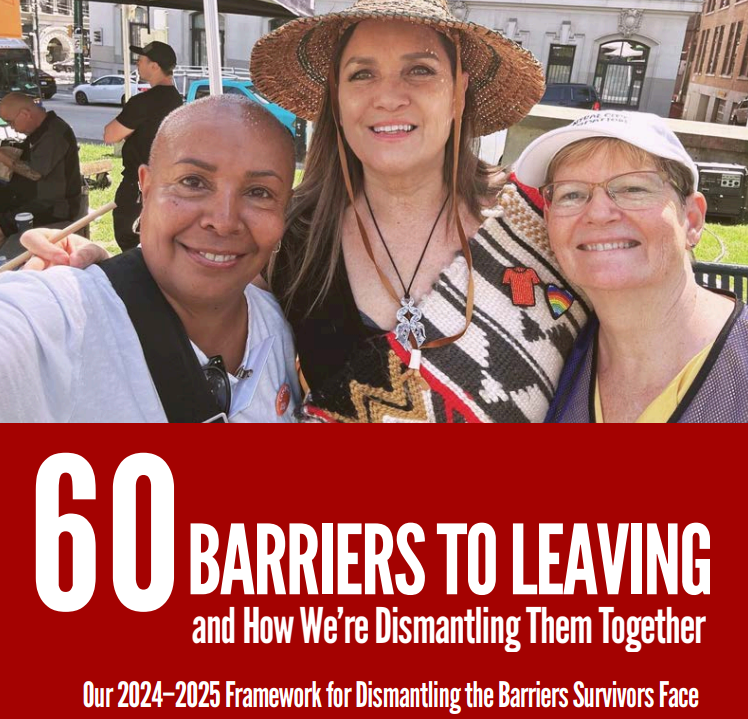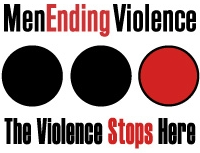
The most dangerous moment for a survivor is not when violence begins — it’s when she tries to leave.
Not because she lacks courage, but because our systems too often fail to hold her.
At BWSS, we know survivors don’t face one barrier — they face many. Leaving violence doesn’t happen alone. It happens through housing systems, legal systems, income systems, immigration systems, and community systems — or not at all.
That’s why our work is grounded in the 60 Barriers to Leaving and why we focus on transforming the six systems that shape safety: crisis response, housing, justice, healing, economic futures, and community.
This year, we didn’t just respond to violence — we tracked where systems held, where they broke, and where they began to change.
We witnessed thousands of moments where coordinated support meant the difference between danger and safety, isolation and possibility, fear, and a future.
This report shows what safety looks like when it isn’t left to chance or bravery, but built with coordination, intention, evidence, and community power.
Safety isn’t a feeling, it’s infrastructure.
And together, we are building it.
See where safety is shifting — and where we must go next.




